Deck & Commander Strategies

The Master, Transcendent
Focuses on milling and graveyard recursion combos, utilizing Hermit Druid and Dread Return alongside Rasak to assemble game-ending combos while controlling the board.

Ezio Auditore da Firenze
A five-color value pile deck that leverages versatile creatures and disruption, aiming to outvalue opponents and win through incremental advantage and combat damage.


Malcolm, Keen-Eyed Navigator & Vial Smasher the Fierce
Aggressive pirate combo deck centered on Glenholt Buccaneer to generate infinite untap loops and deal lethal damage quickly, supported by efficient interaction and mana acceleration.

Esika, God of the Tree
A five-color ramp and value deck with a focus on casting powerful spells and creatures, utilizing card advantage engines and the Prismatic Bridge to maintain pressure and board presence.
Gameplay Insights
- 1
Choosing to hold back casting The Master early to keep countermagic like Swan Song available exemplified patience and resource management.
- 2
The near-infinite untap combo with Glenholt Buccaneer was a pivotal moment, showing the deck's combo potential but also the importance of opponent interaction in cEDH.
- 3
Effective use of Wheel of Fortune provided a significant hand refresh and tempo swing early in the game.
- 4
Players carefully weighed attacking and combo execution against preserving resources and maintaining interaction, reflecting high-level cEDH strategic depth.
Notable Cards
-

Hermit Druid
-
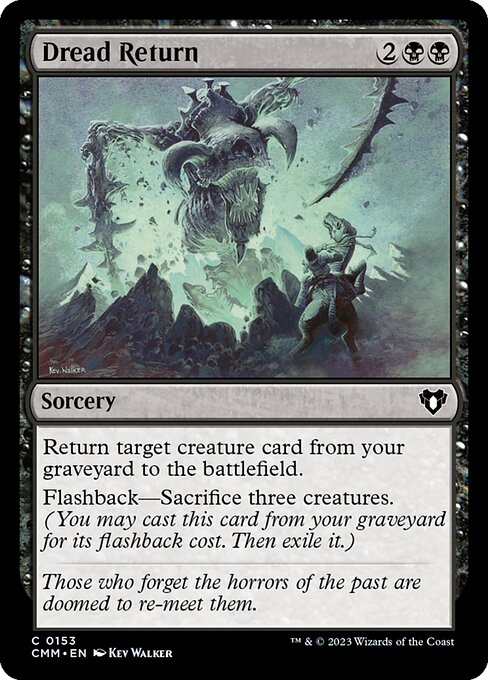
Dread Return
-
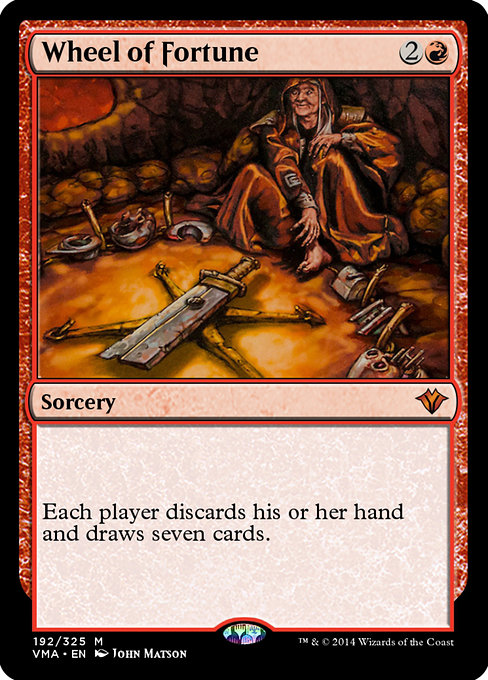
Wheel of Fortune
-
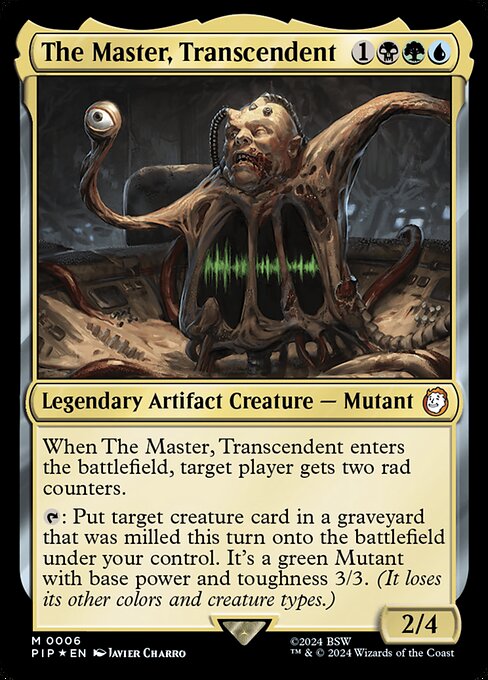
The Master, Transcendent
-

Esika, God of the Tree // The Prismatic Bridge
-

Imperial Seal
-

Dark Ritual
-
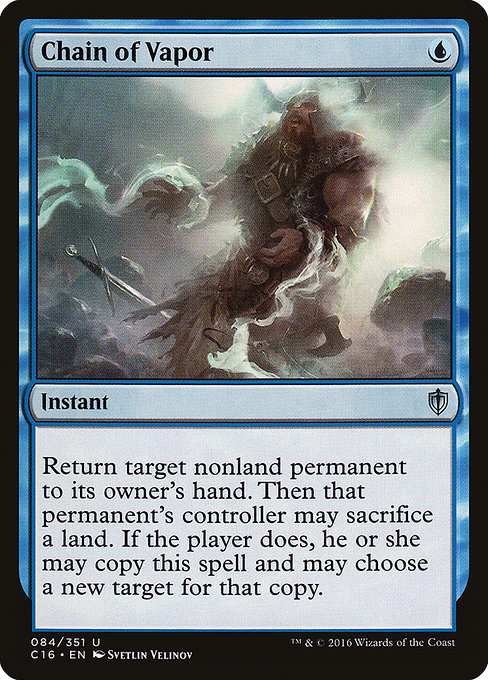
Chain of Vapor
Gameplay Summary
The game opened with each player setting up their board states through mana acceleration and key early plays.
The Master, Transcendent player focused on a milling and combo-oriented strategy involving Hermit Druid and Dread Return alongside the Rasak combo, aiming for a slow but powerful late-game.
Esika, God of the Tree's player developed a five-color value pile strategy, deploying ramp and versatile threats, including the commander itself, to maintain pressure and card advantage.
Malcolm and Vial Smasher ran a pirate-themed deck with combo potential centered on Glenholt Buccaneer, aiming to leverage infinite untap loops and aggressive swings.
Ezio Auditore da Firenze's player leaned into a five-color value and control approach, using creatures and disruption to maintain board presence and tempo. Early turns saw significant interaction, including a well-timed Wheel of Fortune that refreshed hands and accelerated the game.
Glenholt Buccaneer was cast and nearly executed a combo involving infinite untaps, but was stopped by timely blockers and removal.
The game was characterized by tactical decision-making around whether to push aggressive combos or hold back to respond to opponents' threats.
Players exchanged combat damage and resource development cautiously.
The key turning points included the Glenholt Buccaneer loop attempt and disruption attempts on the milling and combo engines.
The game remained tense with each player balancing combo execution against control and value strategies, aiming to win through either combo kills or incremental damage leveraging their commanders' unique abilities.




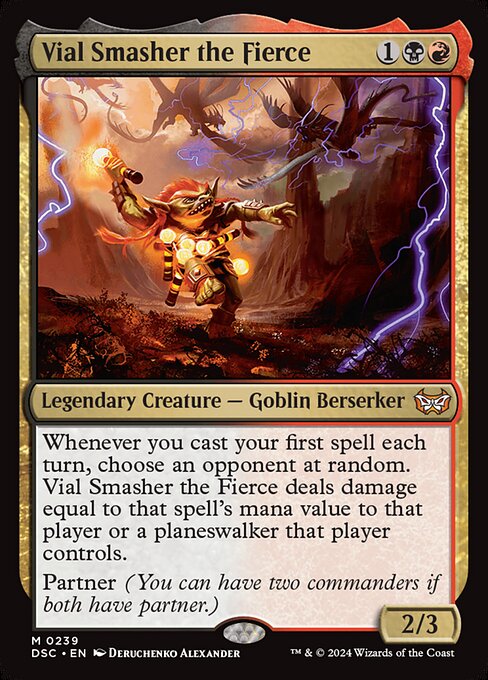



































![Livio & Malcolm vs. Esika Control [Duel Commander-EDH] - Magic: The Gathering thumbnail](https://i.ytimg.com/vi/LcROa-OrfdE/sddefault.jpg)
![Secret Lair Shuffle [Commander VS 299] | Magic: the Gathering EDH Commander Gameplay thumbnail](https://i.ytimg.com/vi/8A3esNBvsUg/sddefault.jpg)

